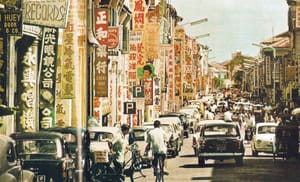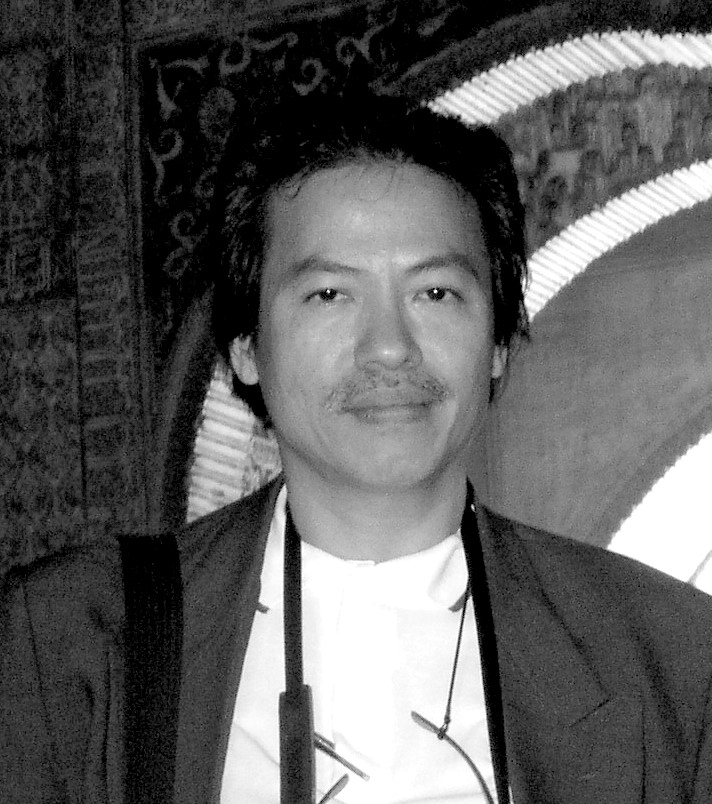Cover photo: Penang in the 1960s. The newly formed Alliance central government had found it increasingly difficult to govern and achieve its version of national unity because the opposition, mostly centre-left leaning and populist parties, were winning local elections in key state capitals and urban centres throughout the country such as George Town.
“All politics is local”, it is often quipped. Democracy is thus driven by concerns at the lowest level, and yet local elections, once the outlet for political engagement in Malaysia, have been absent since 1965. Why? And for what gain? These are questions Penang Monthly seeks to discuss in a two-part series.
It is not an exaggeration to say that we always have local governments. In the most traditional form of government in Malaysia, there were local chieftains governing sub-regional units such as “daerah” and smaller ones such as “kampung”.
In previous articles in this magazine, we pointed out that demonstrations by leading inhabitants of Prince of Wales Island, as Penang was known then, against the lack of representation in matters of taxation, are among the earliest records of political protests in this country.
And it was indeed local government elections in the 1950s which prepared our emerging nation for democratic self-governance. One matter of particular significance was the accidental partnership between the KL branch of Umno and the Selangor chapter of the MCA to compete in the 1952 KL municipal election. That decision to cooperate between the two was taken despite objections from their party leaders at various levels, but it won them the election and also marked the birth of the Alliance (“Perikatan”), the predecessor of today’s ruling regime, BN. Local elections have clearly played a central role in Malaysia’s history.
However, this month – March 2015 – marks half a century since the demise of local government elections in Malaysia.



